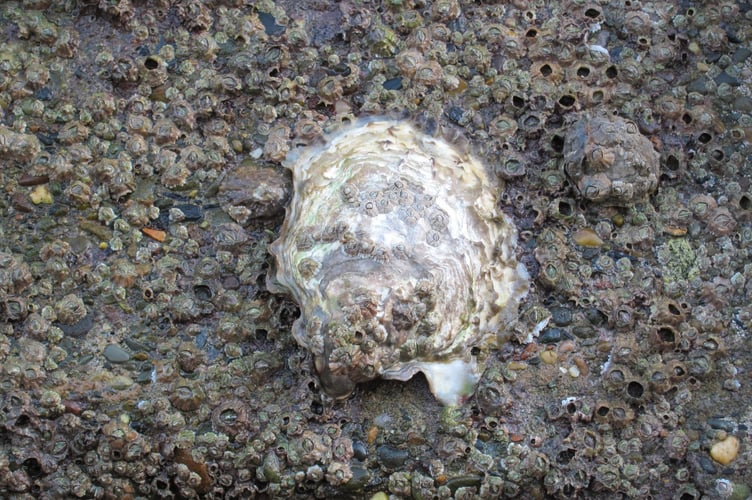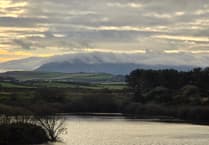In this week’s column Peter Duncan, of Department of Environment, Food and Agriculture (DEFA), and Lara Howe, of the Manx Wildlife Trust (MWT), are looking at the non-native species invading the island.
Non-native species are organisms that have been transported to new areas outside their natural habitat or range, either accidently or by human activities.
When these species become problematic in their new environment, whether by outcompeting native species, damaging ecosystems or affecting human activities, they are considered to be Invasive Non Native Species (INNS).
Island ecosystems, like the Isle of Man, are particularly vulnerable to INNS due to their isolation and unique native populations, and they can occur on land, in freshwater or in the sea. Local examples include, pacific oysters, red-necked wallabies, Japanese knotweed, Pacific pink salmon and sargassum seaweed.
They can have impacts on biodiversity and our economy. After direct habitat loss, invasive species are the next leading cause of global biodiversity declines.
With no natural predators they can out-complete native species for space and resources, alter habitats, and ecosystem functions. This can also affect commercial fisheries.
In addition to environmental damage, INNS have economic impacts, such as degradation of scenic coastal areas or harbour access and function resulting in costly control, repair and management. For example, INNS cost the UK economy around £1.8 billion per annum.
On the basis that ‘prevention is better than cure’ preventing INNS from arriving is preferable, so biosecurity is crucial for preventing the introduction and spread of organisms.
While we often manage INNS at controlled places like airports and ports, some species enter naturally and control in the aquatic environment is much harder to regulate.

But there are things you can do such as check, clean and dry your fishing, sport and boating gear and equipment, especially if travelling from one location to another.
However, we cannot keep everything out, and there are estimated to be around 13 marine INNS on the island, although this is undoubtedly an underestimate, and there are many more terrestrial invasives.
The most recent marine invasive species to affect the island is the Australian or trumpet tubeworm.
Although this species arrived in the UK back in 1922, and has spread northwards since, it had not been recorded on the Isle of Man until late in 2023.
The tubeworm, which can form large colonies on underwater structures and boats, does require temperatures of around 18°C to breed, and so it has typically been found in confined, warmer waters like harbours or marinas rather than the open sea. This also means that transmission of the tube worm tends not to be by natural dispersion but is usually on the hulls of boats.
It’s thought that the introduction to the island occurred via boat traffic, primarily into Peel marina, where it was first reported, probably originating from Whitehaven marina in Cumbria, which has had the tubeworm for around ten years.
To determine the extent of the problem we have recently undertaken a new sampling technique, called eDNA (or environmental DNA), which detects cellular traces of an animal in the environment.
All eight Manx harbours were sampled and the tubeworm was detected in both Peel and Douglas harbours, and also a weak detection in Laxey.
This information will help decide the best type of management to limit the spread of tubeworm around the island.
However, boat-owners and harbour users will be vital in helping to check and report on this tubeworm, especially when cleaning and maintaining their vessels with more information available here.
This example does indicate the important role that all of us have as part an island community. We are vulnerable to invasive species but we have the advantage of partial isolation so long are we are aware and vigilant about biosecurity.

.jpeg?width=209&height=140&crop=209:145,smart&quality=75)
.jpeg?width=209&height=140&crop=209:145,smart&quality=75)
.jpeg?width=209&height=140&crop=209:145,smart&quality=75)

Comments
This article has no comments yet. Be the first to leave a comment.